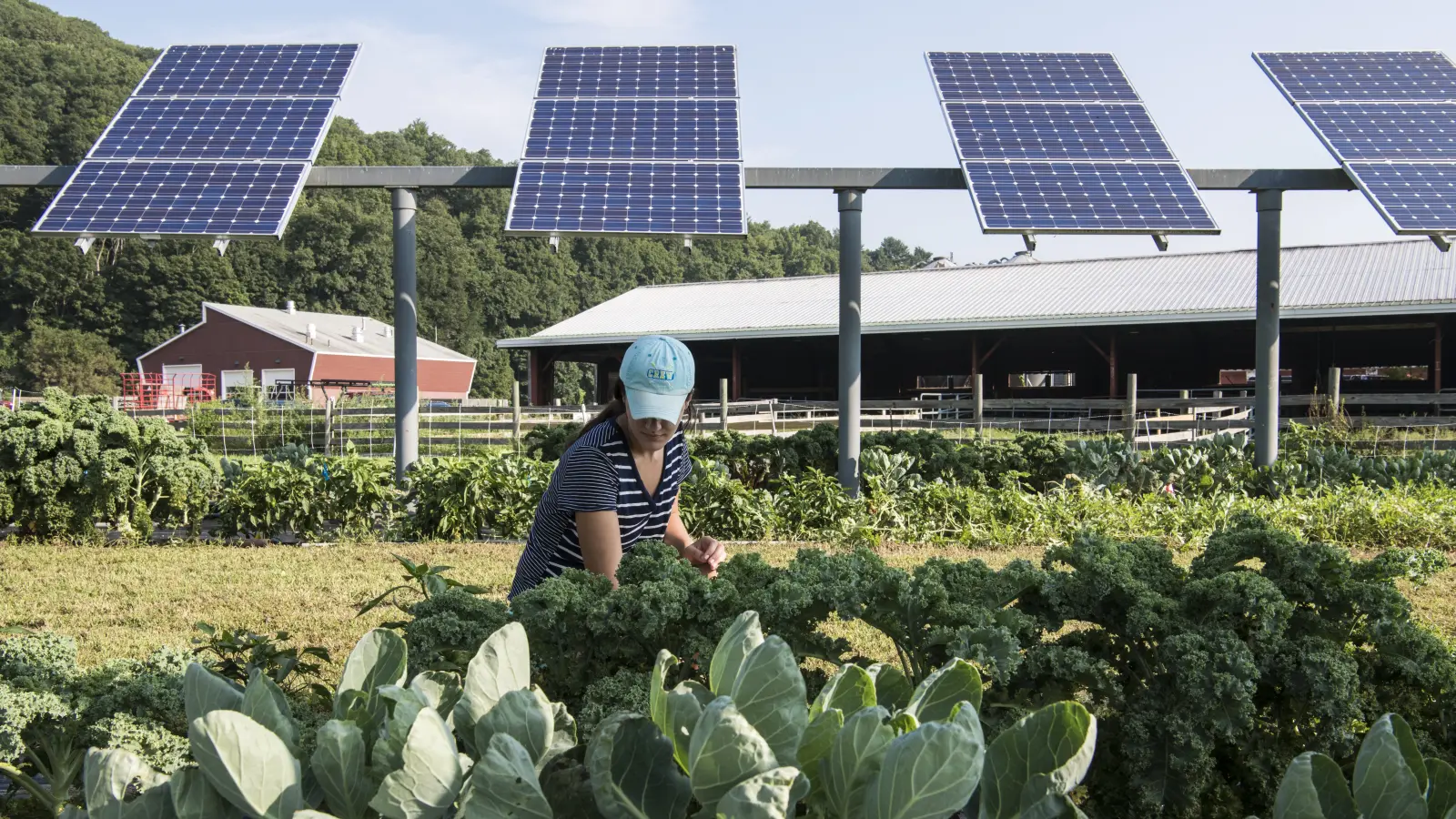



Article by: Hari Yellina
Chris Brayley began his career as an electrician, repairing air conditioning and refrigeration. His company, Brayley Electrical, has adjusted its focus in recent years to become more focused on solar power, especially as even more consumers on farms and ranches turn away from generators as diesel prices continue to increase. Mr. Brayley claims that his decision to assist in the conversion of properties to off-grid activities is a reflection of the times. “All we had to do was remain ahead of the game, be busy, and be adaptable.” He claims that the reasons for people switching to solar power are split 50/50. With many farms and stations running on diesel generators, the urge to save money has rapidly become the driving reason behind the switch.
“With the current cost of everything, if you can minimise things like your diesel bill, which is one of the highest running costs in some regions,” Mr Brayley said, “I think overall it would be lot more affordable to break away from diesel as much as you can.” Rural Australia, according to Andreas Helwig, an associate professor of electro-mechanical engineering at the University of Southern Queensland’s School of Engineering, is in a moment of transition when it comes to renewables. “As the cost of batteries and, in particular, solar has come down, we’re starting to see a crossover point where rural electricity supplies and connection fees are now coming into balance, and there’s a preference, particularly on what we call the fringe grid further out west where they can actually supply their own energy on-farm,” he said.
Rick Britton’s property, Goodwood, is over 1,000 kilometres north-west of Mr Brayley’s Charleville base. Mr Britton claims that the property, which is just outside of Boulia, has been connected to the town’s electrical supply since 1964. The power bill had increased during that time due to the advent of air conditioning and more staff quarters. Mr Brayley was contacted by the grazier due to excessive expenses and problems with a previous contractor. The equipment for an 80-kilowatt solar system has been ordered, and a deposit has been paid. Mr. Britton is hopeful that Mr. Brayley will be at Goodwood later this month to install and test the system. Mr Britton explained, “I believe if you talk to my wife, the biggest delay would be me outlaying the money.” “And with the mechanism we’re putting in place, we won’t get the $4,000 bill every quarter.”
Looking at the numbers, Mr Brayley claims that larger residences can burn up to 600 gallons of diesel each day, and that at $2 a litre, it’s “silly” not to switch to solar. “If you’re spending $200,000 or $300,000 a year on fuel to run the homestead, when you can spend $500,000 or $600,000 on off-grid, you’ve paid it off in three, four, or five years,” he explained. Mr. Helwig agrees, citing the rise in gasoline prices over the last 18 months as a major driver of off-grid adoption. “Fuel prices for farming are a very important driver in the whole energy balance for food production,” he said.